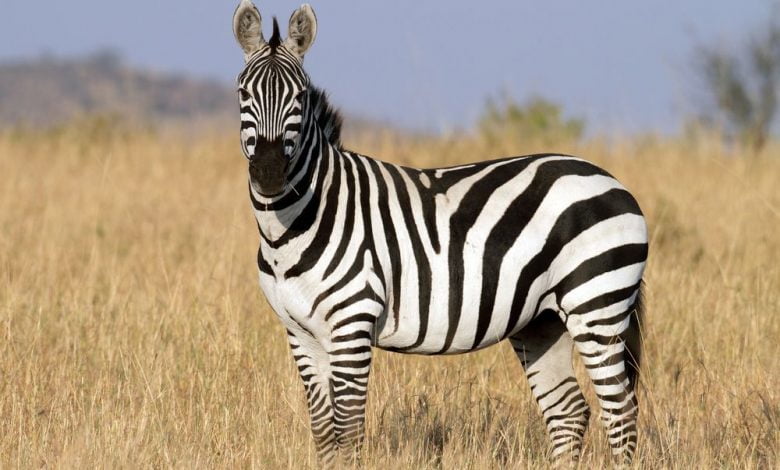Function – zebras

Function
The function of stripes in zebras has been discussed among biologists since at least the 19th century.[50] Popular hypotheses include the following:
The crypsis hypothesis was proposed by Alfred Wallace in 1896 and suggests that the stripes allow the animal to blend in with its environm
ent or break out its outline so predators can not perceive it as a single entity.[51] Zebra stripes may provide particularly good camouflage at nighttime, which is when lions and hyenas are actively hunting.[52] In 1871, Charles Darwin remarked that “the zebra is conspicuously striped, and stripes on the open plains of South Africa cannot afford any protection”.[53] Zebras
graze in open habitat and do not behave cryptically, being noisy, fast, and social. They do not freeze when detecting a predator. In addition, lions and hyenas do not appear to be able to discern stripes beyond a certain distance in daylight, thus maki
ng the stripes useless in disrupting the outline. Stripes also do not appear to make zebras more difficult to find than uniformly coloured animals of similar size, and predators may still be able to detect them by scent or hearing.[54] The camo
uflaging stripes of woodland living ungulates like bongos and bushbucks are much less vivid and lack the sharp contrast with the background colour.[55][56] In addition, unlike tiger stripes, the spatial frequencies of zebra stripes do not line up with their environment.[57] A 2014 study could not find any correlations between striping patterns and woodland habitats.[56]
